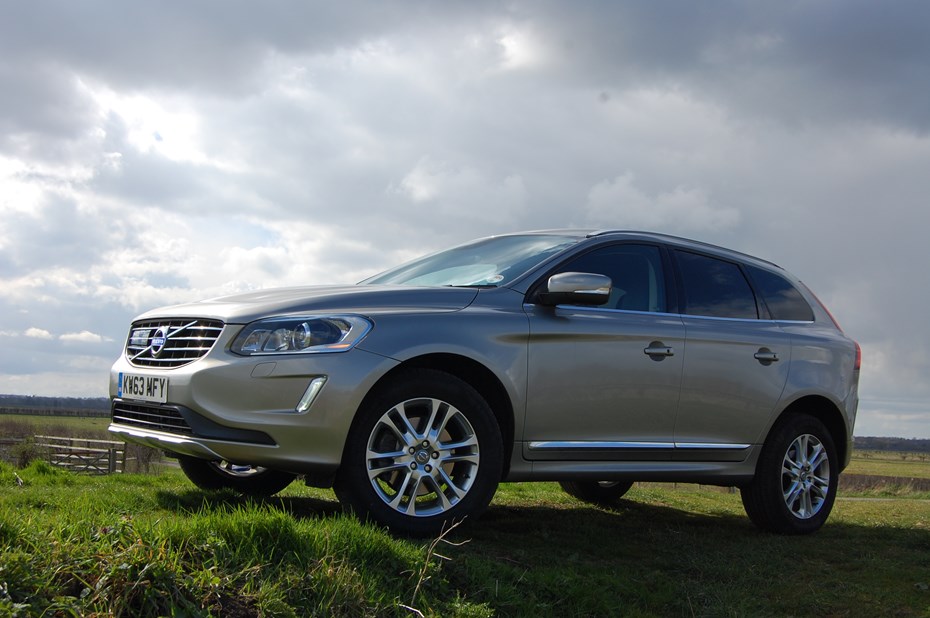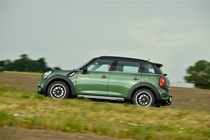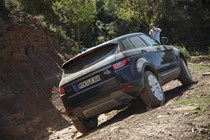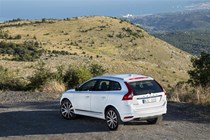You don’t have to be a country-dweller to have noticed Britain’s fascination with SUVs – they’re everywhere. And they’re more likely to be seen tackling city streets and motorways than taking diversions away from the asphalt across this green and pleasant land.
It’s easy to appreciate their appeal: higher seating positions afford drivers a better view of the road ahead and they tend to be more spacious than a similarly-priced hatchback or estate, making it easier to get kids, their seats and other paraphernalia securely installed.
Plus, the big advantage of SUVs is that many of them have four-wheel drive, allowing you to get out of all manner of slippery scenarios, making them ideal for winter, right?
Well, not necessarily.
Many of the SUVs plying Britain’s roads are front-wheel drive – the reality is most of us don’t live in areas that necessitate four-wheel drive, meaning savings can be made by avoiding it.
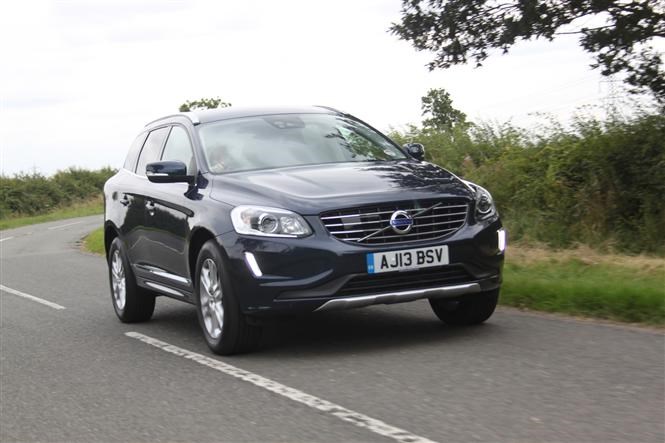
Volvo XC60 (08 on)
Despite its advancing years, the Volvo XC60 remains the best-selling SUV across Europe, buyers appreciate its combination of style, spaciousness and an impressive raft of safety equipment.
Although both are badged D4, the front-wheel drive and all-wheel drive (AWD) versions of the XC60 feature different engines: the former a modern four-cylinder, 2-litre diesel, the latter an older, five-cylinder 2.4-litre alternative.
Whichever you choose, both produce 188bhp, with the larger engine’s 420Nm peak torque figure edging the 2-litre’s output by 20Nm.
In terms of running costs, it’s the front-wheel drive XC60 that leads the way. While you’re unlikely to achieve the quoted fuel economy figure, in identical tests the smaller D4 engine averaged 62.8mpg compared with the AWD’s 54.3mpg.
With better fuel efficiency comes lower CO2 emissions; the front-wheel drive D4’s 117g/km figure besting the AWD’s 137g/km. That’s a big difference to your bank balance, the less-polluting engine costing £30 per year for VED car tax after the free first year, while the AWD costs £130 annually.
Finally there’s the cost to buy: choosing the front-wheel drive XC60 D4 in popular R-Design Lux Nav trim will set you back £35,755, with the AWD version requiring an additional £1,400 to place it on your driveway.
At a glance
|
Drive |
Version |
Price |
Average mpg |
CO2 |
|
Front-wheel drive |
D4 R-Design Nav Lux |
£35,755 |
62.8 |
117g/km |
|
Four-wheel drive |
D4 AWD R-Design Nav Lux |
£37,155 |
54.3 |
137g/km |
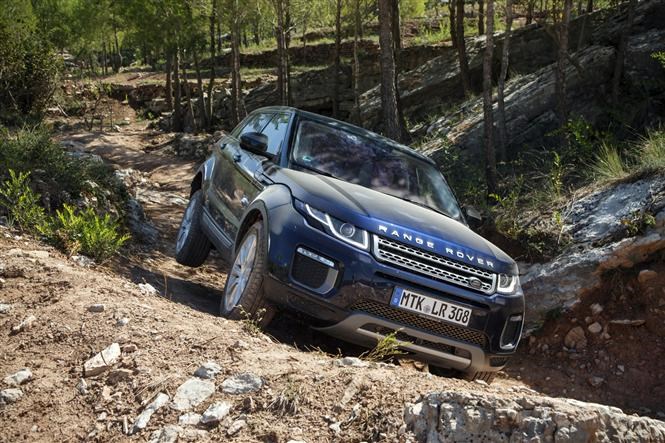
Land Rover Range Rover Evoque (11 on)
Fashion-conscious SUV customers are drawn to the bold styling of the Land Rover Range Rover Evoque, available as a convertible from spring 2016.
The more practical five-door versions, along with the three-door Coupe, underwent a mild refresh for the 2016 model year, including the introduction of front-wheel drive versions with surprisingly good off-roading credentials.
Both front- and four-wheel drive Evoques feature a 2-litre diesel engine: 148bhp and 380Nm for the 2WD version, 178bhp and 430Nm for the 4WD.
Here the differences are noticeable but less extreme than with the XC60. Sticking to front-wheel drive allows the Land Rover to average a claimed 65.7mpg, compared with 58.9mpg for 4WD.
As expected the more economical version also produces less CO2 – 113g/km versus 125g/km, meaning VED car tax is only £30 annually instead of £110.
There’s a bigger difference in terms of cost to buy than the Volvo: at £32,145 in SE Tech trim, the front-wheel drive Range Rover Evoque is £2,600 less expensive than the 4WD equivalent.
At a glance
|
Drive |
Version |
Price |
Average mpg |
CO2 |
|
Front-wheel drive |
eD4 150hp SE Tech |
£32,145 |
65.7 |
113g/km |
|
Four-wheel drive |
TD4 180hp SE Tech |
£34,745 |
58.9 |
125g/km |
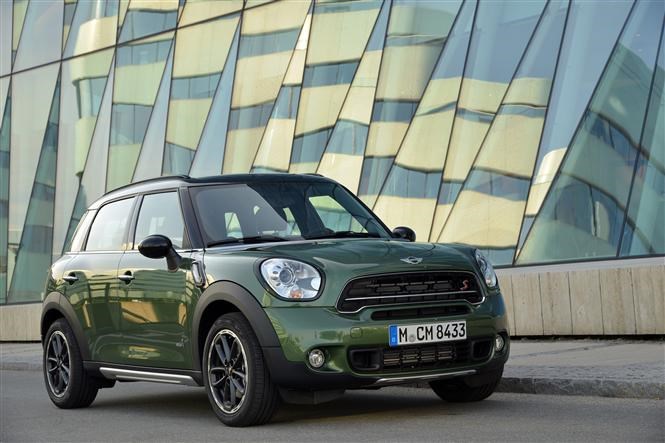
MINI Countryman (10 on)
The not-so-mini MINI Countryman has proved popular, not only with owners of its smaller siblings trading up to something more family-friendly but also with buyers wanting an alternative to a mainstream hatchback.
It occupies that hard-to-define small crossover market segment, meaning it looks like an SUV but in reality it’s a tall hatchback.
Here we’ve pitted the mid-range, petrol-engined front-wheel drive Cooper against the otherwise identical, four-wheel drive Cooper ALL4.
Both share a 120bhp 1.6-litre engine which also delivers 160Nm of torque. Considering the MINI’s heft to haul about, the power outputs are modest, meaning the extra 75KG weight of the ALL4’s transmission dulls its fuel economy, averaging only 42.2mpg to the front-driver’s 47.9mpg claim.
In spite of the Countryman’s relatively diminutive stature, neither has dazzlingly low emissions figures with the Cooper quoted at 137g/km and the Cooper ALL4 at 156g/km. That means sticking to front-wheel drive will cost you £130 annually in VED car tax but upgrading to four-wheel drive will cost £180 each year.
At a glance
|
Drive |
Version |
Price |
Average mpg |
CO2 |
|
Front-wheel drive |
Cooper |
£17,940 |
47.9 |
137g/km |
|
Four-wheel drive |
Cooper ALL4 |
£19,120 |
42.2 |
156g/km |
Further four-wheel drive considerations
Not only are front-wheel drive versions of four-wheel drive SUVs cheaper to buy and less expensive to run, the fact remains few us actually need drive sending to all four wheels.
The majority of the population don’t live in areas where roads are largely unsurfaced, or where we have to cross fields regularly, and fewer still have consistent coatings of ice to contend with, meaning front-wheel drive cars are capable enough.
Dealers may be keen to offer a sizeable discount on a four-wheel drive car that lurked in their stock compound for several weeks but beware being tempted by an initially appealing offer before forgetting the higher running costs involved – you’re unlikely to offset those costs by your initial saving.
Far better value for money is to stick with front-wheel drive and invest in a set of winter or Mud and Snow Tyres to enhance its traction.
Need more help looking for your next car? The articles below may help:
Car dealers reveal how to save money on your next new car
Five family-friendly cars on a budget
Car finance: which option is right for you?



